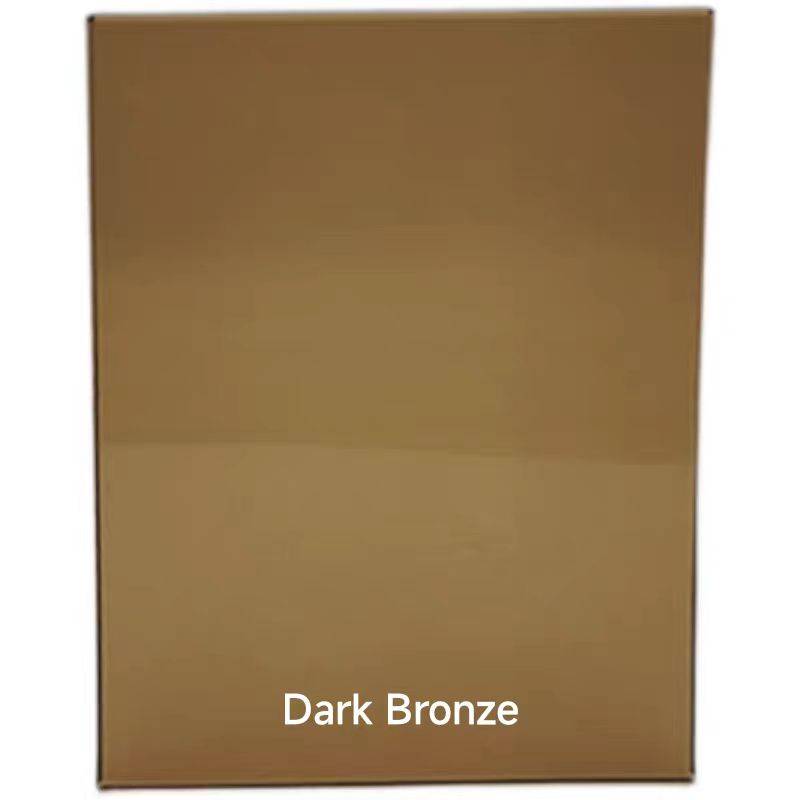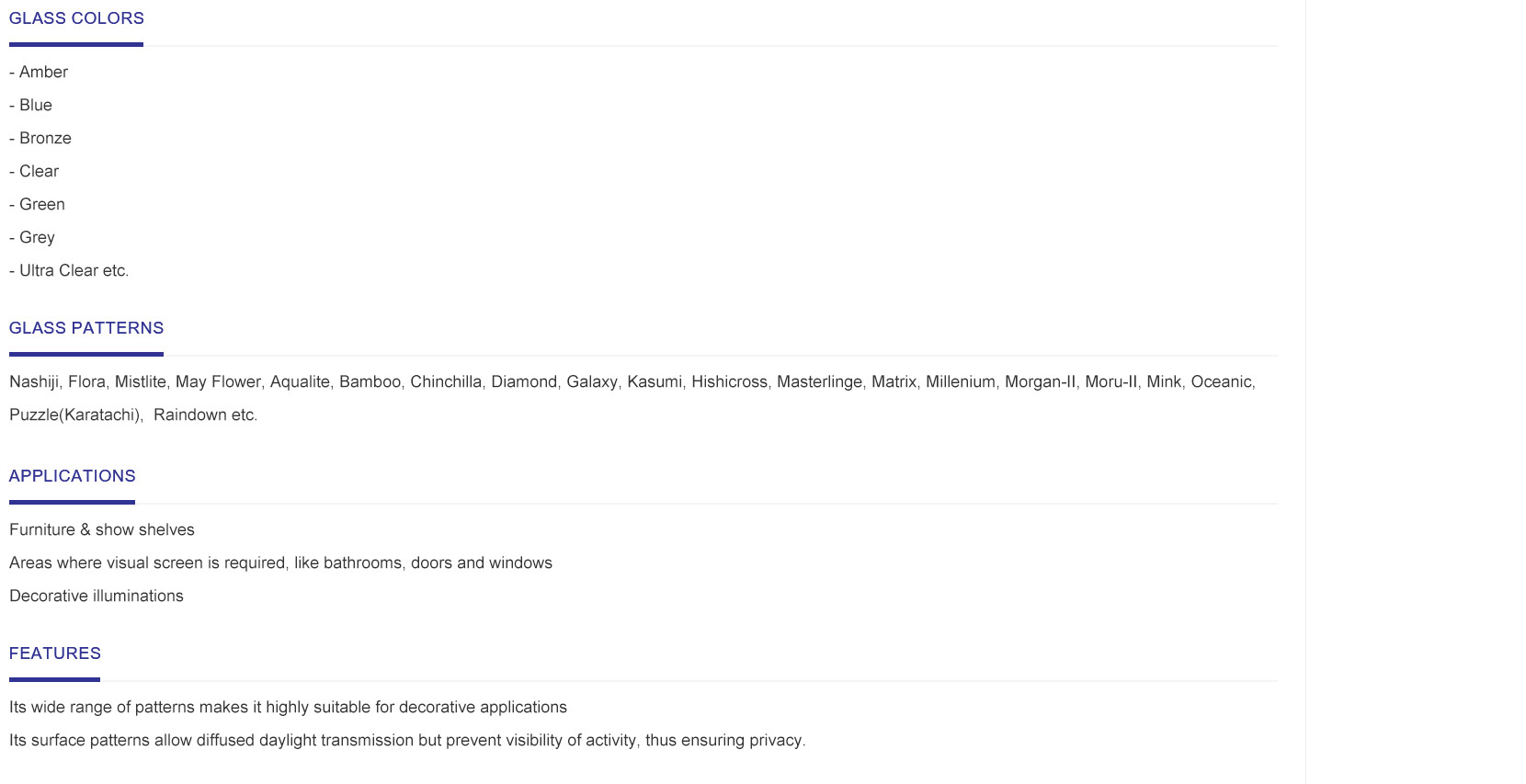Low-emissivity glass, commonly known as low-E glass, is a critical innovation in the realm of energy-efficient building materials. Its popularity has surged in recent years as architects and homeowners strive for sustainable solutions that reduce energy consumption without sacrificing comfort. Understanding the various types of low-E glass and their distinct properties can significantly impact the efficiency and overall performance of your windows.

Fundamentally, low-E glass is treated with a microscopically thin, transparent coating that minimizes the amount of ultraviolet and infrared light that passes through the glass without compromising the amount of visible light transmitted. This technology plays a crucial role in regulating indoor temperatures, resulting in reduced reliance on heating and cooling systems.
There are several types of low-E glass, each tailored to specific climatic conditions and performance needs. The primary types include passive low-E coatings and solar control low-E coatings. Passive low-E glass is designed to maximize solar heat gain in colder climates. It allows a significant amount of heat from the sun to enter the building, which can be beneficial during winter months by reducing heating costs. This type is typically used in regions with long, cold winters and shorter, less extreme summers.

On the other hand,
solar control low-E glass is optimized for warmer regions. It effectively minimizes the amount of solar heat that enters a building, keeping interiors cooler and reducing the burden on air conditioning systems. This variant is suitable for hot climates where solar gain is undesirable for most part of the year.
Beyond these primary categories, advances in low-E technology have introduced more specific variants such as double-silver and triple-silver coatings. These refer to the layers of metallic coatings applied during the manufacturing process. Double-silver low-E glass provides a balanced performance suited for moderate climates, offering decent solar control with an appropriate level of solar heat gain. Meanwhile, triple-silver low-E glass delivers superior solar heat control, making it the go-to choice for extremely hot climates or buildings with extensive sun exposure.
low e glass types
Specialty low-E glasses are also available, tailored for specific architectural needs or aesthetic preferences. These include tinted low-E glass, which combines solar control with color variations for aesthetics, and select low-E glass with argon gas-filled spaces between panes to enhance insulation further.
Incorporating low-E glass into residential or commercial buildings not only boosts energy efficiency but also enhances occupant comfort, reduces utility bills, and lessens the environmental impact. Choosing the right low-E glass type requires expert consideration of the building’s geographic location, design, and energy performance goals. Consulting with professionals and conducting an energy audit can help in selecting the most suitable low-E glass, ensuring that the investment aligns with both immediate energy savings and long-term sustainability goals.
Overall, the versatility and efficiency of low-E glass are revolutionizing modern architecture, providing a blend of functional benefits and environmental responsibility. By understanding its types and applications, stakeholders can make informed decisions that enhance building performance, comfort, and sustainability.
Whether you are an architect, builder, or homeowner, embracing the advancements in low-E glass technology represents a forward-thinking approach to managing building energy efficiency and environmental impact. In a world increasingly geared towards sustainable development, low-E glass stands out as an essential component in the arsenal of environmentally responsible building materials.



